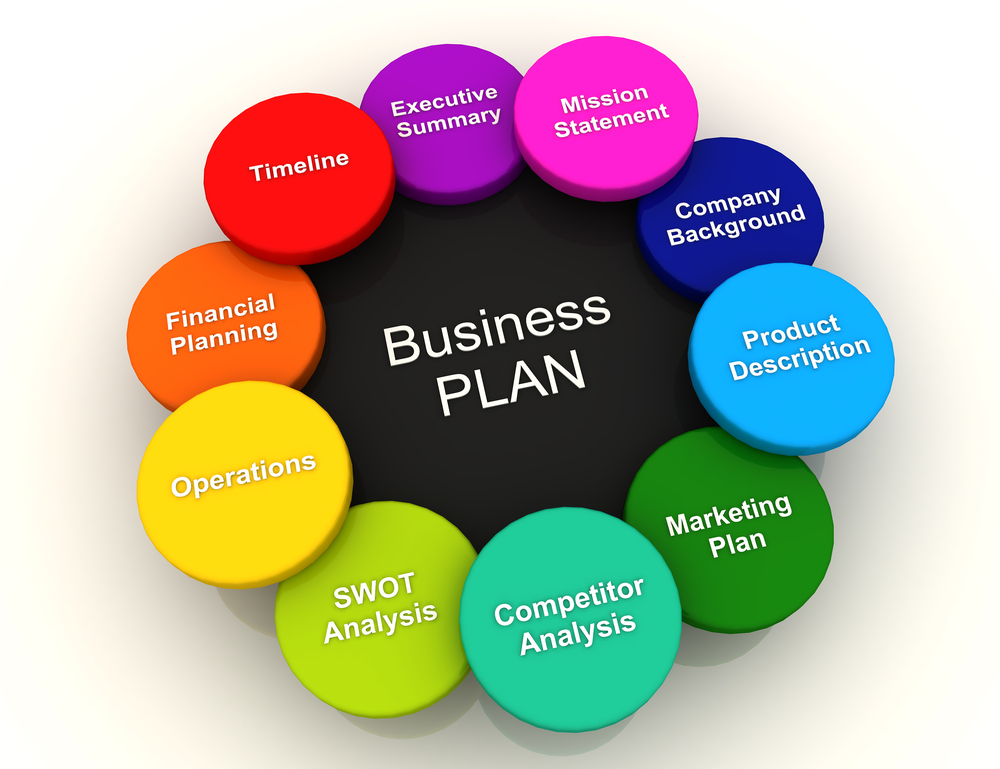Let’s say you’re sitting across from a potential investor, armed with your pitch deck and an unwavering belief in your startup’s potential. You’ve rehearsed your speech, refined your product, and even perfected your delivery. But as the meeting progresses, you sense hesitation. The investor nods politely, asks a few probing questions, and finally says, “We’ll get back to you.”
Days turn into weeks. The call never comes.
What went wrong?
More often than not, the answer lies in your business plan—or rather, the lack of one that truly sells your vision. Understanding how to write a business plan that captivates investors is crucial for startup success.
A good business plan isn’t just a document; it’s a convincing argument that makes investors feel confident about betting on you. It goes beyond the basics of market size and financial projections. It tells a compelling story, backed by solid data, that shows why your startup is worth the risk. Let’s explore the art of business planning and how to create a business plan that seals the deal.
The Art of a Winning Business Plan
A strong business plan does three things exceptionally well: it demonstrates opportunity, mitigates risk, and inspires confidence. Investors don’t just want to know what you do; they want to understand how your business will make money, scale, and survive in a competitive landscape.
The best business plans are clear, data-driven, and strategically structured to align with investor expectations. Here’s what separates a plan that gets a polite rejection from one that seals the deal.
Your Executive Summary: The Elevator Pitch on Paper
First impressions matter. If an investor only has five minutes to scan your business plan, the executive summary is where they’ll decide whether to keep reading or move on.
This section should be short, sharp, and impactful, summarizing:
- The problem you’re solving – Investors care about problems that have a significant market demand. What pain point are you addressing?
- Your unique solution – How does your product or service stand out from existing alternatives?
- Market potential – Is there a sizable, growing market for what you’re offering?
- Revenue model – How will you make money? Is your pricing sustainable?
- Competitive advantage – What makes your team and product a winning combination?
- Funding needs & use of funds – How much are you raising, and what will you do with it?
Remember, this section isn’t just a summary—it’s a teaser that should leave investors wanting more. It’s a crucial part of how to draft a business plan that captures attention from the start.
The Market Opportunity: Proving There’s Demand
Investors want proof that there’s a real market for your product. Too many startups fall into the trap of stating, “This is a billion-dollar industry,” without explaining how they’ll capture a meaningful share of it.
A strong market analysis should cover:
- Market size and growth trends – Use credible sources and break down the TAM (Total Addressable Market), SAM (Serviceable Available Market), and SOM (Serviceable Obtainable Market).
- Customer segments – Who are your ideal customers? What are their pain points?
- Competitive landscape – Identify key players, their strengths, and why your solution is better or different.
- Go-to-market strategy – How will you acquire and retain customers profitably?
The more specific and data-driven your analysis, the better. Investors don’t just want big numbers; they want evidence of traction or validation that your market exists and is ready to pay for your solution. This section is where your competitor analysis and target market research shine.
Your Business Model: The Money-Making Formula
At the heart of every investor’s decision is this question: Can this business generate strong, scalable revenue?
Your business model should answer this by outlining:
- Revenue streams – How do you make money? Is it one-time payments, subscriptions, freemium with upsells, licensing, or something else?
- Pricing strategy – How have you determined your pricing? Is it competitive and sustainable?
- Unit economics – What is your customer acquisition cost (CAC) versus lifetime value (LTV)? A profitable business should ideally have an LTV:CAC ratio of 3:1 or higher.
- Scalability – Can your model scale without exponentially increasing costs?
Investors aren’t just looking for a good idea; they’re looking for a profit engine that can grow efficiently over time. Your business plan in entrepreneurship should clearly demonstrate this potential.
Financial Projections: More than Just Numbers
A well-prepared financial model tells investors whether your business is a good bet. While early-stage startups won’t have years of revenue history, a realistic, data-backed projection can make all the difference.
Your financial plan should include:
- Revenue projections – Show expected growth over the next 3-5 years.
- Expense breakdown – What are your operating costs, and how will they change as you scale?
- Profitability timeline – When do you expect to break even?
- Funding needs & allocation – If you’re raising capital, show exactly where the money will go and how it will drive growth.
Investors will scrutinize these numbers, so they must be logical, achievable, and tied to your strategy. Overly optimistic projections without a clear rationale are a red flag. Include key financial statements like the profit and loss statement and cash flow projections to support your claims.
Your Team: The People Who Make It Happen
Even the best ideas fail without the right people executing them. Investors invest in teams as much as they do in business models.
This section should highlight:
- Founders & key team members – What makes you uniquely qualified to build this business?
- Industry experience – Do you have expertise or connections that give you an advantage?
- Advisors & partnerships – Have you surrounded yourself with the right mentors or strategic allies?
A great management team doesn’t just have strong credentials; it has the ability to adapt, execute, and lead through challenges. If your team has complementary skills and a track record of execution, investors will be more confident in your ability to succeed.
The Competitive Advantage: Why You, Why Now?
Investors see countless pitches. What they really want to know is:
- What makes you different?
- Why now?
This could be a unique technology, a network effect, a regulatory shift, or a proprietary process that gives you an unfair advantage. Your value proposition should be clear enough that, even if a well-funded competitor enters the market, you still maintain a strong position.
Consider including a SWOT analysis (Strengths, Weaknesses, Opportunities, Threats) to demonstrate your strategic planning and risk assessment capabilities.
The Closing Argument: The Ask & The Vision
End your business plan with a clear and compelling “ask.”
- How much are you raising?
- What will the funds be used for?
- What milestones will this investment help you achieve?
Tie this into your long-term vision and exit strategy. Investors don’t just back businesses; they back movements, disruptions, and game-changers. Make them believe in your vision, your market, and your ability to execute.
Why Does This Matters
The right business plan doesn’t just help you raise money—it forces you to think deeply about your business, refine your strategy, and set yourself up for success. It’s a crucial part of your overall business planning process.
A great investor pitch might spark interest, but a well-structured, data-backed business plan is what closes the deal. It demonstrates your understanding of business write-up essentials and your commitment to strategic planning.If you’re serious about attracting investors, treat your business plan as more than just a formality. Make it clear, compelling, and impossible to ignore—and you just might get that “Yes.”


